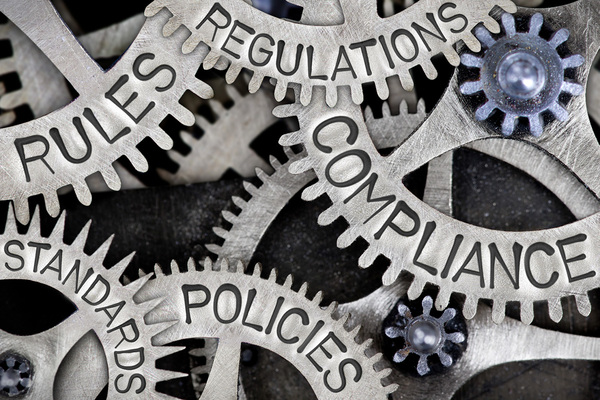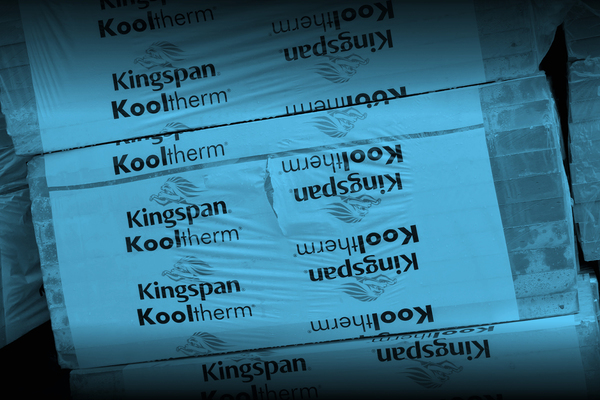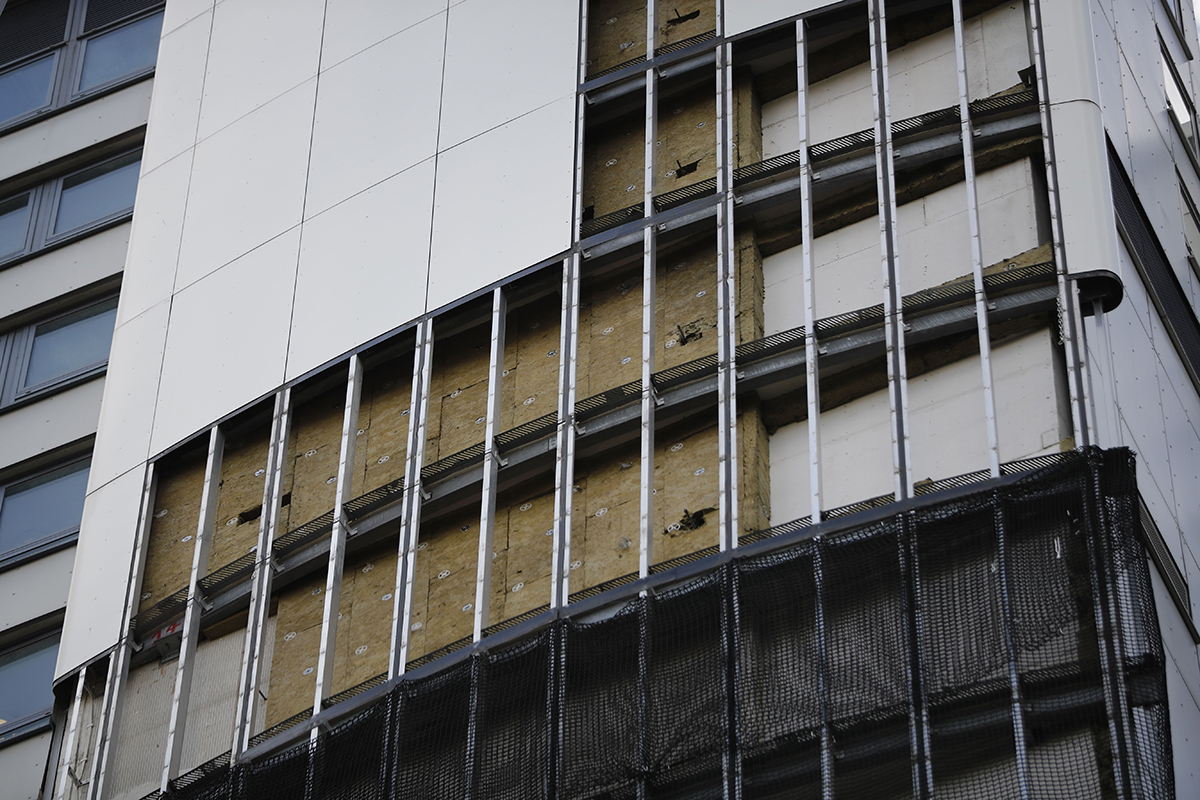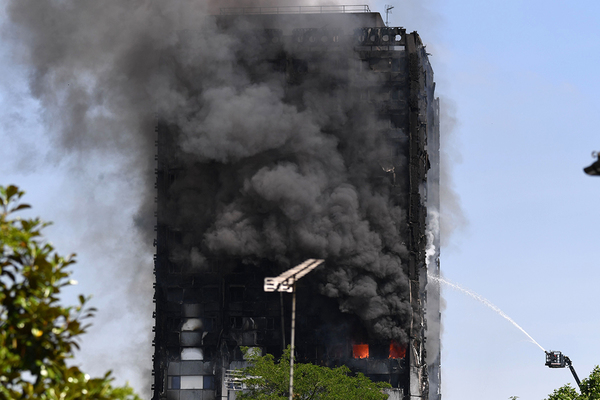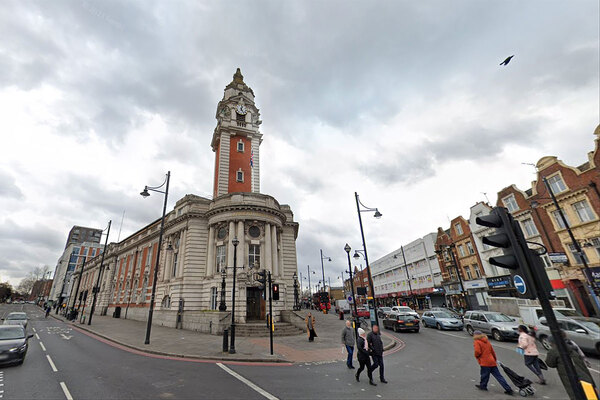You are viewing 1 of your 1 free articles
Kingspan document contradicts government’s cladding advice
A major insulation manufacturer has contradicted the government’s claim that building regulations clearly require all cladding products on high rises to be of ‘limited combustibility’.
Kingspan Insulation has published a brochure on building regulations, which says the official guidance on the required fire rating of external cladding is “open to interpretation”.
It says one reading of Approved Document B – the official guide to the building regulations – requires cladding materials to have a fire rating of ‘Class 0’.
This can be achieved by only considering the spread of flame across the surface of a material, and would have cleared some of the aluminium materials now deemed dangerous for use.
But the government has resolutely rejected this as a possible interpretation of the guidance since the Grenfell Tower fire, claiming cladding products must meet the higher standard of limited combustibility.
A government source told Inside Housing that the Ministry of Housing, Communities and Local Government (MHCLG) does not believe Kingspan’s interpretation is correct.
Kingspan said the comments were not a recommendation and simply reflected debate in the building industry.
Housing minister Dominic Raab made the argument that building regulations require all aspects of a wall to be of limited combustibility in response to a written question on 5 February.
And Melanie Dawes, permanent secretary at the MHCLG, wrote to local authorities and housing associations a week after the fire to say: “For the avoidance of doubt, the core (filler) within an aluminium composite material (ACM) is an ‘insulation material/product’, ‘insulation product’, and/or ‘filler material’ as referred to in Paragraph 12.7.”
The Kingspan brochure, entitled ‘Building Regulation Fire Performance Requirements for Insulated Panel and Façade Systems’, was published in January.
What is the debate all about?
- The government’s official guide to building regulations - Approved Document B - sets out how builders should meet the fire safety elements of the UK’s system of broad, performance based Building Regulations
- In paragraph 12.6, this document says that ’external walls’ of buildings above 18 metres in height should be made from materials with a Class 0, or Euroclass B, fire rating. Class 0 can be achieved by considering the spread of flame over a surface and it is understood much of the dangerous aluminium cladding currently being removed from high rises may meet this standard.
- However, the document goes on to say in paragraph 12.7 that insulation and "filler" materials must meet the higher standard of limited combustibility.
- Since the fire, the government has argued that ’filler’ in this context relates to the plastic core of the aluminium and this should therefore be of limited combustibility.
- But the government did not say this before the fire, and many in the industry claim this is not how the regulations were interpreted - explaining the widespread use of flammable cladding on buildings across the UK.
- If insulation materials do not meet the standards specified in Approved Document B, they must be cleared through large scale testing. In recent years ’desktop studies’ have also been used to clear combustible products based on previous test results - although this route is not set out in the government's official guidance.
In a section titled "guidance on compliance of Kingspan external facade systems with building regulations" it says Approved Document B "is open to interpretation” on this debate.
The first interpretation, it says, is that insulation should be of limited combustibility but cladding can be merely ‘Class 0’, while the second interpretation is that the cladding should be of limited combustibility too.
The cladding material used on Grenfell, aluminium composite panels with a polyethylene core, was certified to Euroclass B - and therefore permitted under the first interpretation. However, it failed large-scale government tests easily, with flames reaching the top of the nine-metre rig in seven minutes.
A Kingspan spokesperson told Inside Housing: “Our comments on how Approved Document B can be interpreted are intended to reflect the different positions held in the construction industry, where there continues to be uncertainty around how building regulations should be interpreted.
“The specific points you raise from our document are not presented as any sort of recommendation from Kingspan, and should not be misunderstood as such. Furthermore, the points relate to a combination of materials which are not within our product suite.”
A Ministry spokesperson said: “Nothing is more important than keeping people safe. We have issued clear guidance, on the advice of an expert panel, after undertaking a comprehensive fire safety testing programme.”
Never Again campaign
Inside Housing has launched a campaign to improve fire safety following the Grenfell Tower fire
Never Again: campaign asks
Inside Housing is calling for immediate action to implement the learning from the Lakanal House fire, and a commitment to act – without delay – on learning from the Grenfell Tower tragedy as it becomes available.
LANDLORDS
- Take immediate action to check cladding and external panels on tower blocks and take prompt, appropriate action to remedy any problems
- Update risk assessments using an appropriate, qualified expert.
- Commit to renewing assessments annually and after major repair or cladding work is carried out
- Review and update evacuation policies and ‘stay put’ advice in light of risk assessments, and communicate clearly to residents
GOVERNMENT
- Provide urgent advice on the installation and upkeep of external insulation
- Update and clarify building regulations immediately – with a commitment to update if additional learning emerges at a later date from the Grenfell inquiry
- Fund the retrofitting of sprinkler systems in all tower blocks across the UK (except where there are specific structural reasons not to do so)
We will submit evidence from our research to the Grenfell public inquiry.
The inquiry should look at why opportunities to implement learning that could have prevented the fire were missed, in order to ensure similar opportunities are acted on in the future.
